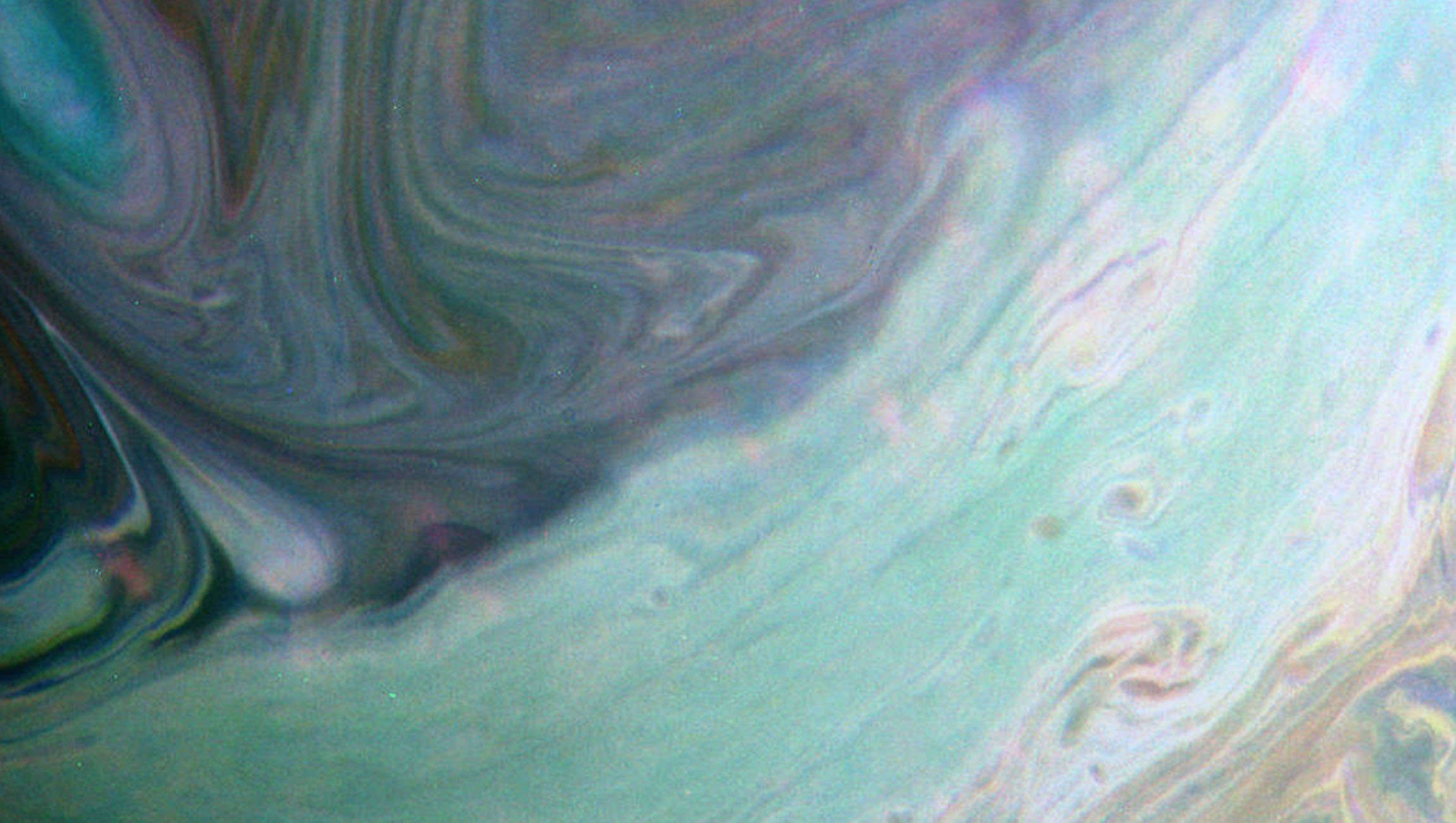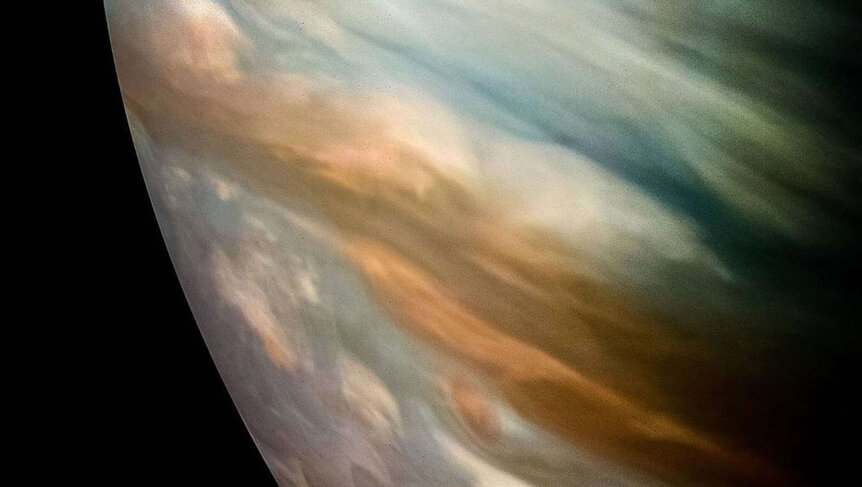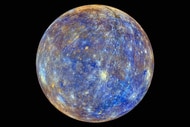Create a free profile to get unlimited access to exclusive videos, sweepstakes, and more!
Metalhead AI discovers hydrogen morphs into heavy metal inside gas giant planets

It’s the furthest thing from a guitar-smashing headbanger, but an AI that could perform like hydrogen at the atomic level has figured out how the hydrogen in the cores of giant planets turns into heavy metal.
Planets like Jupiter, Saturn, Uranus and Neptune are gas giants which have a haze of hydrogen on the surface that intense pressure turns into a dense metallic version of the element deep inside. Hydrogen’s metal phase can even conduct electricity—so maybe the thought of an electric guitar isn’t too far off. The problem is that much about the hydrogen inside these planets is unknown, because we haven’t yet invented any sort of spacecraft that can withstand such high levels of pressure. This is where that badass AI comes in.
Physicist Bingquing Chen and her team of researchers at Cambridge University wanted to find a way around the expensive and often unreliable experiments that had previously been done to gain more insight into this phenomenon by creating an AI that was able to mimic the interactions between hydrogen atoms as they transitioned from gas to metal.
“We exploited an artificial neural network (ANN) to learn the atomic interactions from quantum mechanics,” Cheng, who led a study recently published in Nature, told SYFY WIRE. “The architecture of ANNs can be represented as several layers of interconnected nodes, which mimics the structure of the neurons in a human brain."
Humans with actual human brains had to teach the ANN how to pull off something so complex. It needed to learn quantum mechanical interactions between atoms in order to quickly predict what energy and forces are involved in objects or substances consisting of many more atoms. This saved the team from quantum mechanical calculations that would have been beyond expensive for anything made of over just a hundred atoms, and for any amount of time longer than a trillionth of a second. When the neural network is fed the positions of atoms, it gives an output of the energy and forces powering each atom.
“An atomic potential “remembers” a pre-computed database of reference structure-property pairs, and makes predictions about a new structure by comparing it to the members of the reference set,” said Cheng.
Another expensive and often unreliable method of studying metallic hydrogen is putting the pressure on the gas with two diamonds. Unfortunately, even something as hard as a diamond cannot always withstand the extreme pressure and temperatures involved in such an experiment. None of these experiments had ever found out something the ANN revealed. Hydrogen does not undergo a first-order (nothing to do with Star Wars) transition from gas to metal, which would be sudden and immediately obvious. First-order transitions have a visible critical point, which is the moment at which both phases have the same density, which makes them indistinguishable.
Hydrogen transitions gradually from a gas to a metal. Say there was a starship that could withstand the crushing pressure of Jupiter and keep everyone on board alive. You would first travel through a low-pressure surface layer of gaseous hydrogen. Past that, the ship would be tested by increasing pressure that would end up exceeding Earth’s atmospheric pressure millions of times. The covalent bonds of hydrogen, which are the links through which two or more atoms share electrons (which also give a substance lower electrical conductivity), would start to break. It is then that it would start transitioning from a gas to a conductive metal.
Despite this breakthrough, we still hardly know anything about hydrogen at ridiculously high pressures, according to Cheng.
“There are still many unresolved mysteries about high pressure hydrogen,” she said. “These include how to make and stabilize solid metallic hydrogen (which is a room-temperature superconductor), what the structures and properties of hydrogen are under each condition, and what the effect of adding other elements to the mixture is. We will expand our approach to answer these questions next.”
Will humans and robots be able to join forces to find these answers before NASA develops something that can dive into Jupiter unscathed? Possibly. This knowledge could even inform the design of a hypothetical spacecraft. Now that’s really metal.















